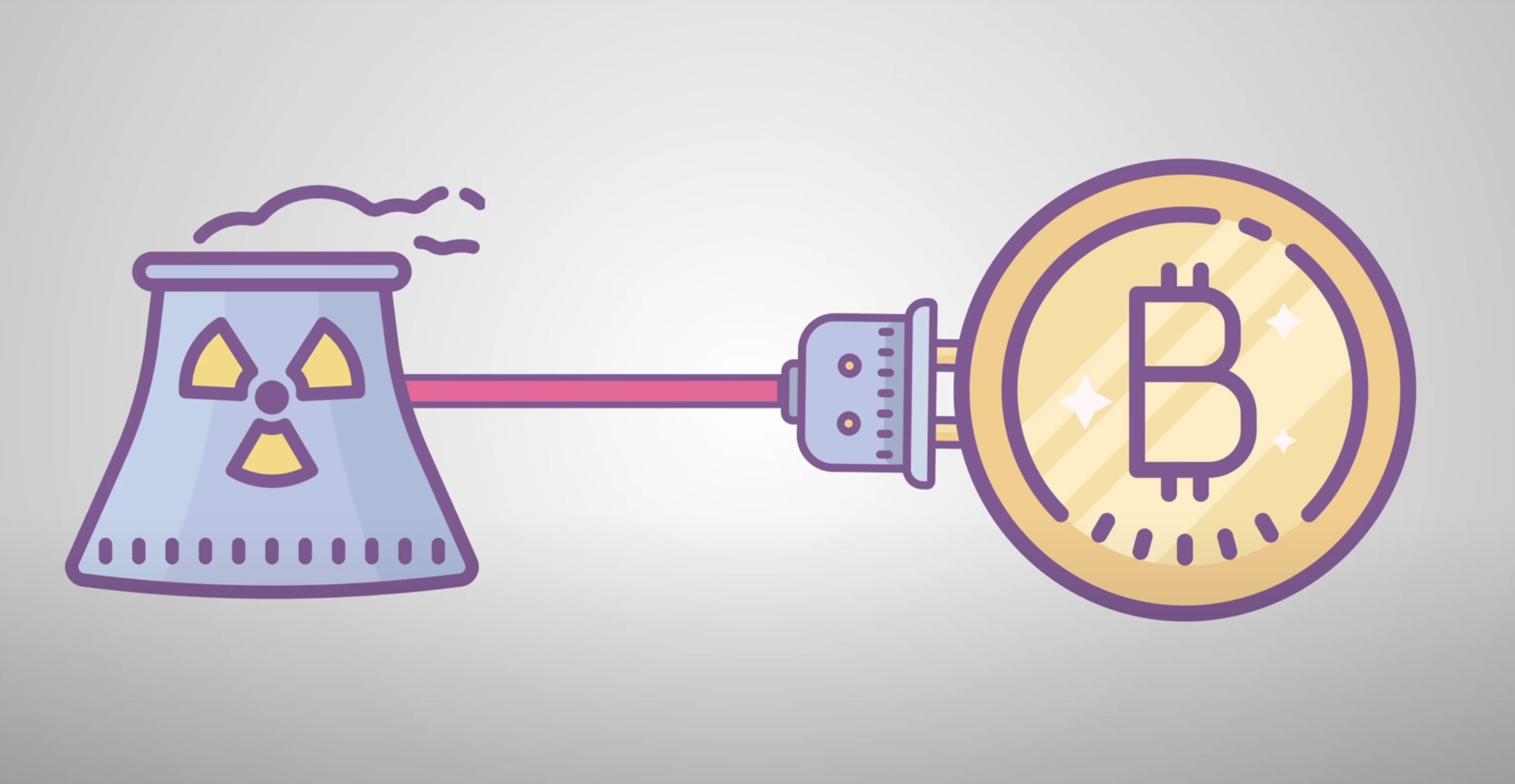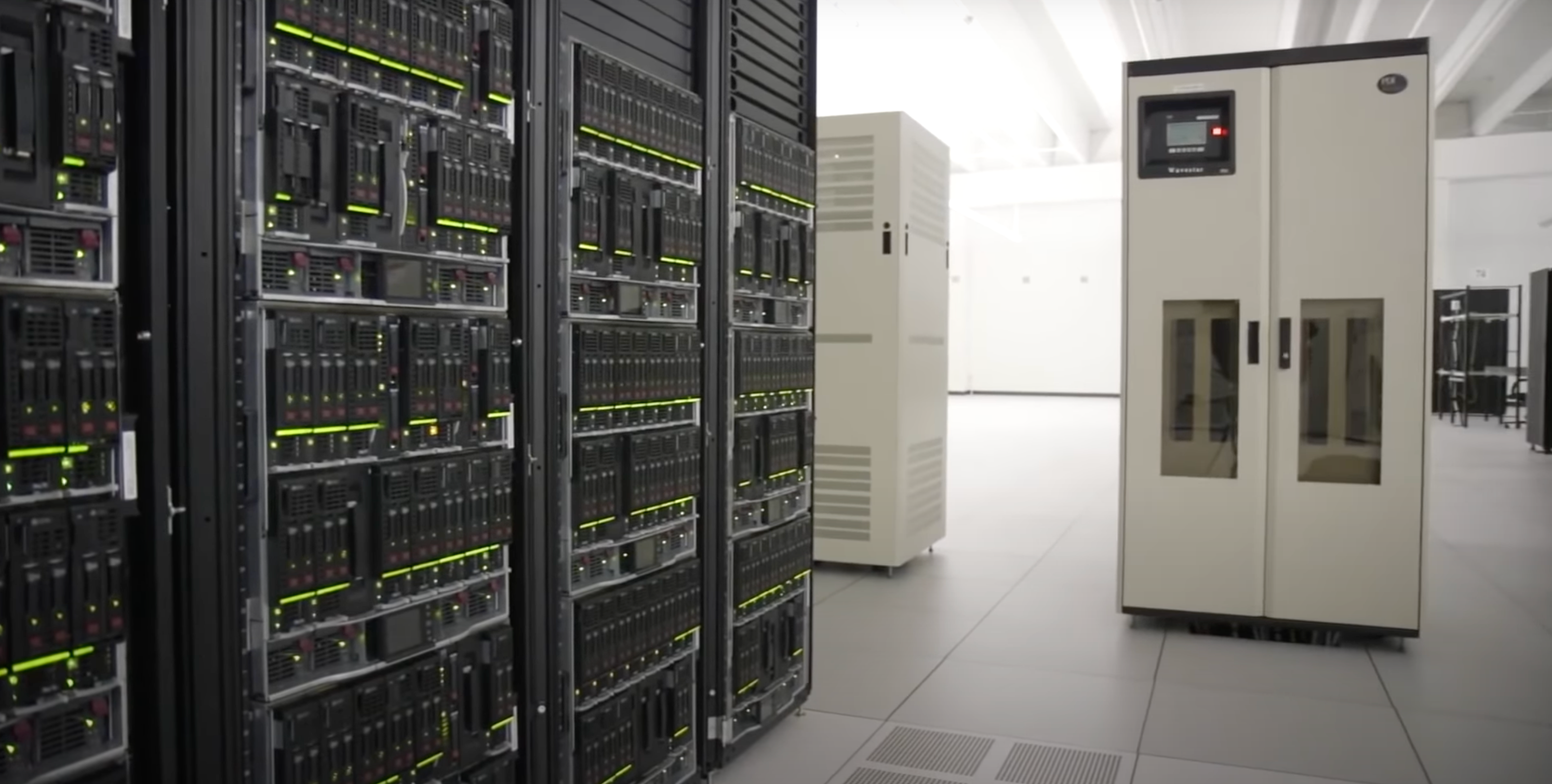intermediate
Any human activity is a direct and indirect source of greenhouse gasses entering the planet’s atmosphere. Their totality is commonly referred to as “the carbon footprint.” It’s an environmental assessment of how many carbon units it takes to produce something. And the larger this footprint, the greater the blow to the ecological safety of the planet.
The carbon footprint that we create using gadgets and surfing the Internet results in 3.7% of global greenhouse gas emissions. These emissions are predicted to double by 2025. Streaming video and audio are the biggest drivers of the Internet, making up 63% of global Internet traffic. And what about cryptocurrencies? Do they impact the environment? Unfortunately, yes.
Cryptocurrency and its environmental impact is a sensitive matter. The topic of reducing our global carbon footprint made headlines when Elon Musk declared in May 2021 that he would no longer accept Bitcoin payments for Tesla. He argued that the cryptocurrency mining process increases fossil fuel consumption.
Crypto’s Environmental Troubles

Why is crypto bad for the environment? The vast majority of cryptocurrencies that are bought and sold are obtained through a process known as mining. During the mining process, especially Bitcoin mining operations, participants verify transactions on the blockchain and attempt to be the first to provide the correct answer to each mathematical puzzle.

A computer from the University of Cambridge is constantly calculating how much power is consumed for Bitcoin mining and transactions. The status, as of 2021, was 121.36 terawatt-hours (TWh). This corresponds to the combined consumption of Austria and Switzerland.
If electricity from a renewable source is used for the Bitcoin mining process, it hardly has — at least from this point of view — any impact on the environment. Yet, in most cases, the energy for the cryptocurrency mining business is not obtained from pure reservoirs like solar panels. Miners are always looking for the lowest electricity prices (e.g., fossil fuels).
Nevertheless, the main problem is that you have no idea where the miners are located, i.e., what electricity is actually consumed in the end. All that is known is that miners always go to places where electricity is particularly cheap. There is currently no other industry that is so attracted by low electricity prices.
Before China banned crypto, it had been the largest mining country on the planet. There, coal-fired power plants produced cheap electricity for mining from fossil fuels. And those fossils are not renewable.
Proof of Work
Consensus mechanisms are essential parts of blockchain systems: they help guarantee transactions on the blockchain are legitimate. The two most popular consensus algorithms are:
- Proof of Work (PoW),
- Proof of Stake (PoS).
In the PoW mechanism, miners compete with each other to solve complex mathematical equations.
The high cost of mining helps protect against fraud: in order to change an old block, an attacker would have to regenerate the entire chain that follows — and thus be even faster than all the other miners working on the right chain combined. To accomplish this, the attacker would have to accumulate more computing power than the others. It is unlikely that this will work.
According to research conducted by the University of Cambridge, annual electricity consumption by Bitcoin, the largest PoW blockchain, accounts for an estimated 0.6% of global energy usage.
Wanna see more content like this? Subscribe to Changelly’s newsletter to get weekly crypto news round-ups, price predictions, and information on the latest trends directly in your inbox!
Stay on top of crypto trends
Subscribe to our newsletter to get the latest crypto news in your inbox
Why Cryptocurrency Mining Requires Energy

Why is crypto mining bad for the environment? Mining = computing power. Computers consume lots of electricity because in order to mine cryptocurrency, they have to solve complex arithmetic tasks.
New high-performance hardware is constantly needed to solve puzzles. The first cryptocurrencies could often still be mined on cheap standard hardware. However, those times are long gone. On the one hand, this is due to the fact that the technical effort required to mine new bitcoins increases the more that have already been mined. That’s part of the concept behind it. On the other hand, the mining industry has become more professional.
Could Cryptocurrency Mining Use Less Energy?
Yes! The introduction of the greener blockchain version marks the transition from the Proof-of-Work (PoW) consensus to the Proof-of-Stake (PoS) model. While PoW refers to the decentralized system that powers the blockchain and requires large amounts of energy to validate transactions and mint new tokens, PoS minimizes energy consumption. The system allows miners to mine and validate transactions based on the amount of crypto. So, PoS places significantly fewer demands on hardware than PoW, resulting in significantly lower energy consumption.
How to Reduce the Environmental Impact of Bitcoin?
If it is difficult to reduce actual emissions to zero, one can consider how carbon offsetting can help. Although it does not reduce emissions from the system, it allows companies and individuals to offset their environmental impact by investing in environmental projects. These projects, in turn, help to reduce global CO2 emissions.
Emerging companies like ImpactScope are now offering a wide range of offsetting solutions that can be applied in this context. By achieving a balance between carbon emitted and carbon removed, it is possible to achieve net zero emissions.
Are All Cryptocurrencies Bad for the Environment?

No, there are sustainable cryptocurrencies as well. The community of such a currency is dedicated to organizing various eco-initiatives. A sustainable cryptocurrency is one with low energy consumption and minimal carbon footprint. It doesn’t require vast amounts of energy to power its transactions and is constantly working on reducing its environmental impact.
Here are some examples of sustainable cryptocurrencies:
Consensus Algorithms that Save Nature
Proof of Stake is expected to reduce the electrical consumption of crypto mining by over 99%. Besides, there are some other consensus mechanisms that cause minimal harm to the environment. Read about them below!
Proof of Stake
PoS is a consensus mechanism where the node that mines or validates the block transactions is randomly assigned based on how many coins that node owns. While PoS has numerous vulnerabilities, the fact that it is less resource-intensive and requires no mining makes it a greener option.
Nonetheless, there is criticism of this method of validation.
Proof of Work is sacred to many Bitcoin users. One sees in it a perfect design, simple and completely decentralized. The fans, especially from the early days, associate Bitcoin with a libertarian utopia of a society in which neither the state nor large companies have much say. Deviations from the original blockchain make them suspicious because they see the decentralized structure in danger.
The biggest PoS coins by market capitalization in 2021 were Cardano, Avalanche, Polkadot, and Solana. Other prominent PoS platforms include TRON, EOS, Algorand, and Tezos.
Proof of Burn

With Proof of Burn, a participant must prove that they have destroyed a certain amount of crypto. Destroying the coins is called the coin burn. Strictly speaking, the coins are not permanently destroyed but only transferred to a special account. This account can be viewed publicly and is therefore transparent for all participants in the network. The coins stored there become effectively unusable and belong to nobody. As a result, coins are continuously withdrawn from the system, which can lead to an increase in the value of the cryptocurrency due to an artificially created scarcity.

PoB offers the advantage that the operation is economical in terms of energy and hardware compared to other mechanisms. Mechanisms like Proof of Work are notorious for requiring extensive calculations. In order for miners to be successful with PoW, they need powerful hardware, which, in turn, consumes a lot of electricity. With PoB, on the other hand, the effort involved lies in the destroyed coins while energy consumption and hardware requirements remain low.
The fact that miners have to burn part of their own coins to generate new blocks increases the security of the system. It happens because, similar to Proof of Work, a relatively high effort must be made before a participant receives the corresponding authorization. This investment is intended to ensure that participants act honestly and have a long-term interest in the system: the miner must remain reliable so that the initial investment is not wasted.
Slimcoin is the most known of PoB blockchains.
Proof of Capacity
Proof of Capacity is a consensus mechanism for regulating the validation of new blocks on blockchains. The process is one of several ways to choose which participant in a network is next allowed to generate a new block for the blockchain. The mechanism is considered to be particularly resource-saving, and therefore accessible to a wider audience.
Compared to other mechanisms, Proof of Capacity is considered energy-efficient. Since PoC only stores and reads data on a hard disk, a direct comparison with PoW results in significantly lower energy consumption. The power consumption should be so low that mining is also suitable for everyday use on smartphones.
Another advantage of the method is that the entry hurdle for miners is lower. Other models require real investments if a miner wants to be successful in the long term: Proof of Work requires expensive, specialized hardware; Proof of Stake requires high assets, etc. On the other hand, storage space can be found on any participating device anyway, be it a PC, laptop, or smartphone.
Burstcoin is a crypto that uses PoC. Other coins that use it are Storj, Chia, and SpaceMint.
Practical Byzantine Fault Tolerance
Practical Byzantine Fault Tolerance (PBFT) is a consensus mechanism designed to use redundant queries to build increased tolerance against faulty or tampered messages on a network. The aim is that, for example, blockchains can work reliably even if a certain number of Byzantine errors occur.
The Future of Crypto and the Environment
With a global shift toward renewable energies, green mining could improve crypto’s carbon footprint in the long term.
On the other hand, a better solution would be to make cryptocurrencies more energy-efficient and use the Proof-of-Stake mechanism. Miners use their own coins to conduct transactions instead of solving calculations. That uses a lot less electricity.
The crypto world doesn’t have a problem all to itself. The mining of classic precious metals, the competitors of “digital gold,” also has serious environmental consequences.
As long as the majority of systems still depend on complicated computing power, it is difficult to achieve better environmental balances across the entire industry.
The overarching question is probably whether blockchain technology, with its advances, is laying the foundation for a sustainable future in the financial world. Its development should be promoted more in order to establish cryptocurrencies safely, environmentally friendly, and on a large scale. Thus, crypto becomes more sustainable.
FAQ
Here are the answers to the most frequently asked questions about cryptocurrencies and ecology.
Is crypto environmentally friendly?
The environmental impact of cryptocurrencies can be minimized. This industry is trying to be environmentally friendly. It is important to bring bitcoin mining farms to environmentally friendly countries with high and sustainable standards for power generation right now. This can be done through tax breaks, particularly good electricity prices, and generally attractive location conditions.
Lancium, a technology company in Texas, is building Bitcoin mining facilities powered by renewable energy. However, instead of positioning itself as a competitor to other electricity consumers, the company sees itself as a partner in stabilizing the power grid.
Weather dependency is still a problem when it comes to generating electricity from renewable energies. In Texas, the expansion of wind power is in full swing. If the wind is too strong, there can be an oversupply of electricity, which can occur too quickly. This is a problem for the power grids and can lead to power outages. For this reason, fossil-fired power plants are often also operated in power supply systems with a high proportion of renewable energies. They can be quickly started up and shut down again if necessary.
According to Lancium, mining companies could do the same. Just like a coal-fired power plant, mining activities can be ramped up and down at any time, depending on how much excess energy is available.
In this way, projects like Lancium could support the expansion of renewable energies and reduce the need for fossil fuels.
Is Bitcoin really that bad for the environment?
Bitcoin’s environmental impact is not that bad if you use renewable energy.
Since the blockchain system inevitably leads to high electricity costs, people interested in the environment should be more focused on the origin of electricity. After all, the environmental balance of lignite-powered mining farms in Mongolia is very different from that of solar-powered systems in Europe. Most of the currently largest mining facilities are located in countries with high environmental standards: one of the five largest Bitcoin mining rigs is now based in Reykjavik, Iceland. There, electricity is not only very cheap but sustainable — Iceland offers cheap and environmentally friendly electricity through geothermal energy. The low temperatures also reduce costs for cooling computer systems.
Which cryptocurrency is the most environmentally friendly?
Bitcoin and the environmental impact is a topic that scares many eco-activists. However, other cryptocurrencies are currently reinventing their processes to better serve the demands of the increasingly environmentally conscious public. Likewise, they have tried to develop measures like the use of renewable energies that allow them to protect the environment. For example, Ethereum has moved to a new mining standard called Proof of Stake that enables better energy efficiency.
Nano is a sustainable cryptocurrency that is free to use as it does not rely on mining. Instead, this scalable, low-latency cryptocurrency relies on a voting system to reach a consensus. Therefore, it is an energy-efficient cryptocurrency with one of the lowest carbon footprints.
XLM is a cost-effective cryptocurrency because it can handle financial transactions efficiently. Moreover, it has a smaller ecological footprint because it does not rely on mining. Network users can create their own tokens for sustainable initiatives.
IOTA is a stable cryptocurrency and not the kind of volatile cryptocurrency that some investors are looking for. However, the network uses a system that conveys overall low energy consumption, making IOTA an environmentally friendly cryptocurrency.
Disclaimer: Please note that the contents of this article are not financial or investing advice. The information provided in this article is the author’s opinion only and should not be considered as offering trading or investing recommendations. We do not make any warranties about the completeness, reliability and accuracy of this information. The cryptocurrency market suffers from high volatility and occasional arbitrary movements. Any investor, trader, or regular crypto users should research multiple viewpoints and be familiar with all local regulations before committing to an investment.

